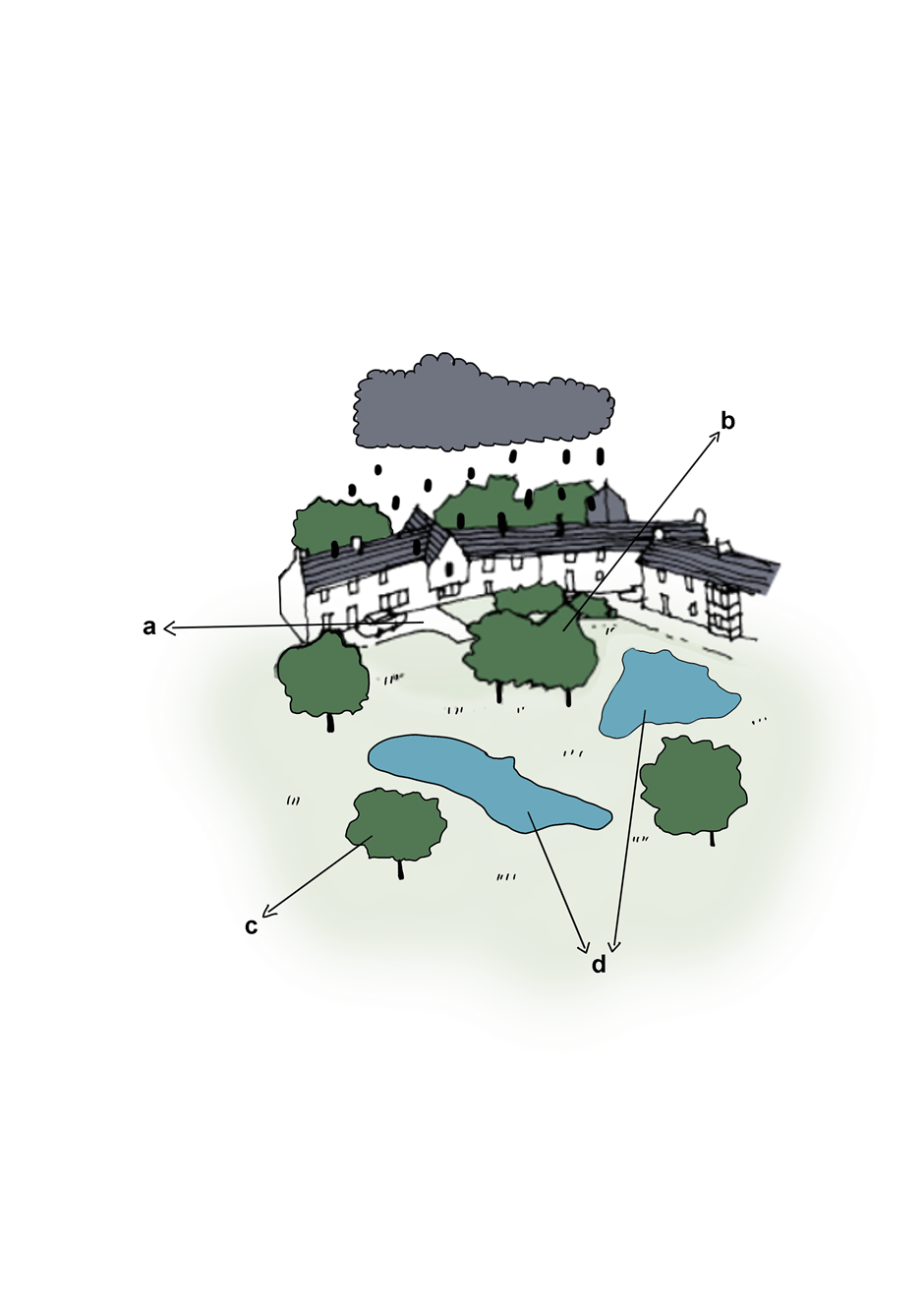SuDS and Climate Change
Sustainable urban drainage systems (SuDS) will play an important role in positively addressing climate resilience and assisting developments reduced their carbon footprints.
A well designed sustainable urban drainage systems can help meet climate targets through their ability to improve water quality while managing and mitigating both flood risk and surface water runoff created as a result of new development.
Early consideration for SuDS at the master planning stage provide a fantastic opportunity for drainage to be integrated into the scheme from the beginning in order to design and utilise them in a collaborative way. It allows suds to be lined with a wide range of other development objectives in order to bring multifunctional benefits.
SuDS interventions are in essence a series of management practices, control structures, strategies, and design solutions to drain surface water both efficiently and sustainably from development sites.
Their main principle lies in the treatment and management of rainwater and they are technical solutions for transporting surface water, slowing down the runoff before it enters watercourses, storing or reusing water at the source, or allowing water to fall on permeable surfaces and soak into the ground.
A well-designed and integrated SuDS not only controls and mitigates flood risk by improving the quality of surface water run-off into receiving water bodies, but also providing opportunities to make a significant contribution to tackle the net zero carbon target.
In Essex, where we receive a low annual rainfall, conservation of water is becoming vital to help reduce our primary water use. SuDS also has the added benefit of reducing the need to install large-scale infrastructure to transport the surface water, reducing costs but more importantly reducing the carbon footprint associated with this type of activity.
The environmental impact is also notable. SuDS reduce the volume of water becoming polluted, and the recent requirement for all planning applications to include SuDS means that developers need to set aside more land for green open space, which in turn has increased the landscaping and the number of trees taking carbon out of the atmosphere.
SuDS can integrate features like ponds and basins within the public open space to include features such as benches and walkways, which enhance the public realm. A well-designed SuDS can improve developments and, in some cases, may even add economic value to property or land.
The Essex SuDS guidance can help developers and applicants understand and identifying what SuDS are most appropriate for the development, area and context.
Although SuDS has a wide range of environmental and commercial benefits, their adoption, management and future maintenance needs to be secured to allow the clear benefits of SuDS to be realised.
Page updated: 11/05/2022
